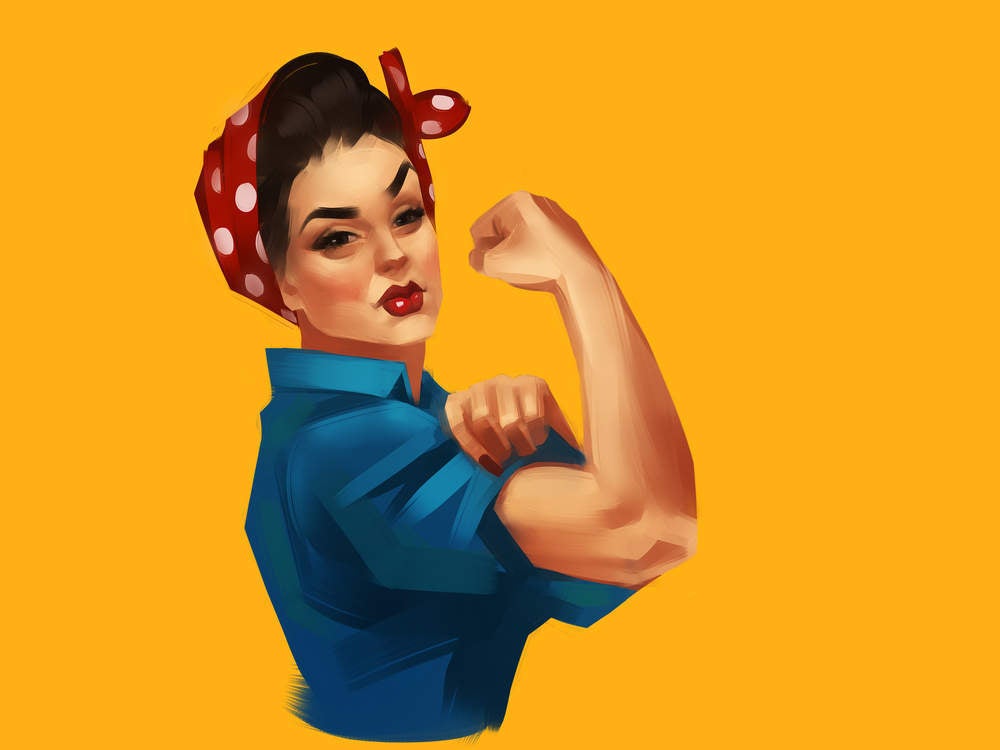
Next month it will have been 100 years since the first steps were made for women’s suffrage in the UK and Ireland.
The 1918 Representation of the People Act granted votes to women over the age of 30. Women did not receive full voting rights for a further ten years.
With companies still reeling from the Weinstein effect, questions about gender equality in the work space continue to circulate.
With the world still a long way from gender parity, Verdict examines what gender relations look like around the world today.
Global rankings
The World Economic Forum (WEF) published its annual Global Gender Gap Report in November 2017. The report ranks 144 countries on gender equality based on a variety of factors such as wage equality and number of women in parliament.
Findings include Iceland having the smallest gender gap of any country (though there still exists a gap). Following it are Norway, Finland, Rwanda, Sweden and Nicaragua.
How well do you really know your competitors?
Access the most comprehensive Company Profiles on the market, powered by GlobalData. Save hours of research. Gain competitive edge.

Thank you!
Your download email will arrive shortly
Not ready to buy yet? Download a free sample
We are confident about the unique quality of our Company Profiles. However, we want you to make the most beneficial decision for your business, so we offer a free sample that you can download by submitting the below form
By GlobalDataAmong the worst countries for gender equality are Yemen, Pakistan and Syria. The UK sits at 15 on the list while the US ranking is 49.
The report states if the current rate continues, it will take another 100 years for the world’s women to find equality with men. This is comparative to the 83-year prediction the same report made in 2016 – meaning the lot of women globally appears to have moved backwards.
Saadia Zahidi, head of education, gender and work at the WEF, said:
In 2017, we should not be seeing progress towards gender parity shift into reverse. Gender equality is both a moral and an economic imperative.
The WEF said:
More than a decade of data has revealed that progress is still too slow for realizing the full potential of one half of humanity within our lifetimes.
The majority of gaps exist in economic and political participation, while in health and education the gap has either closed or remained the same. It is the second consecutive year that progress has reversed.
Women in parliament
The WEF report shows that only Iceland has made progress in closing its gender gap in the political sector. Rwanda, Norway and Finland have all crossed the 50 percent threshold in terms of female members of their respective legislatures. Lebanon, Qatar and Yemen have the lowest rankings.
Rwanda has the highest share of female parliamentarians in the world, at 61 percent. The country reserves 30 percent of seats for women, though even the non-reserved seats are almost equally split between men and women.
In Nicaragua the figure sits at 46 percent, with the country reaching gender parity in ministerial positions for the first time since 2014.
The report also finds countries such as India, Japan and the US lagging behind in gender parity due to the lack of women in ministerial positions. The former two, in addition to Kenya and Brazil, show a regression in this area.
America has dropped to 49 in the overall rankings (down four place) after a decline of female parliamentarians. In the House of Representatives women hold only 19.1 percent of the seats, while in the Senate they hold 21 percent of seats. Its political empowerment measure has reached its lowest level since 2007.
Women in business
According to Fortune, only 6.4 percent of the Fortune 500 companies have a female CEO.
Similarly, a study by Grant Thornton shows that globally women hold only 9 percent of CEO jobs and 21 percent of senior management positions.
Francesca Lagerberg, sponsor of women in leadership Grant Thornton said:
“Many of today’s companies are still run by male-only teams…despite evidence that links diversity and improved business performance, the dial on gender diversity in senior leadership is shifting at a painfully slow rate. ”
The study found that the percentage of women in senior management roles rose just 1 percent between 2016 and 2017 – from 24 percent to 25 percent. In the 13 years since Grant Thornton began its research, the number of women in senior business roles has risen only 6 percent.
Pay gap
Despite the fact that closing the pay gap could add as much as 26 percent to global GDP by 2025, women are still underpaid throughout the world.

According to the Wall Street Journal, women earn less than men in 439 of 446 major US occupations.
The American Association of University Women found that in 2016, women working full time in the US were typically paid just 80 percent of what men received.
According to Bloomberg, men out-earn women at every level and women’s wages stop growing at an earlier stage than men.
What if women were paid equally?
Research from WEF has suggested that economic gender parity could add: $250bn to the UK’s GDP, $1.7trn to the US GDP, $550bn to Japan’s and $2.5trn to China’s.
If the gender gap in economic participation closed by 25 percent, the WEF claims that by 2025 the global GDP could see an increase of $5.3trn.







